Oil and Watercolour
Waterhouse was proficient in both oils and watercolour, though his best known work was in the former. Artworks such as Lady of Shalott have established themselves at the pinnacle of British art of the 19th century. Whilst regarded by most as a Pre-Raphaelite artist, this movement was more of just an influence on him as his career peaked many years after the Pre-Raphaelites had come and gone.
Related Painters
There were, however, certainly similarities between his later work and that of Holman Hunt and Rossetti. Waterhouse would use professional models for much of his portraiture work, particularly later on as his career had built momentum. He re-used his favourites, just as Mucha had with Sarah Bernhardt and John Everett Millais with Elizabeth Siddal.
Training and Education
The artist's early training in art techniques was via his father, and artist himself. Sculpture and painting inspiration came from helping out in the family studio. Later he would specialise in oils, with occasional watercolours. The Roman mythology theme which occurs in certain periods of his career was inspired by his time living in Italy as a boy as well as frequent return visits to freshen up his creative juices.
Despite these international inspirations, the major body of his work is fundamentally British in style, incorporating Pre-Raphaelite portraiture which itself had followed on from French impressionism. Roman influence was particularly apparent in the early paintings from Waterhouse, resembling the classical approach of artists like Alma Tadema and Frederic Leighton at this time, rather than the signatures of the Pre-Raphaelite Brotherhood that started to creep into his work later on. Many of his paintings have architectural features across the background and these remind us more of Renaissance styles than the earlier Gothic techniques.
Evolution as an Artist
It was only later that his work started to feel particularly English in the way he used his models, the ones that he used and also the settings in which he placed them. Gardens and other scenes decorated with flowers featured heavily and the women would be adjoined with items of symbolism, sometimes from ancient mythology, other times from more recent British poetry. Tennyson, famously, features on multiple occassions with his literature of around 70 years earlier.
Waterhouse built up a small following in Birmingham having exhibited early on at the Dudley Art Gallery before making a seismic breakthrough in 1874 after having his work included in the Royal Academy Summer Exhibition. This prestigious occassion is still a much loved event in the international art calendar and continues to give young artists the chance to showcase their work. His submission was highly regarded and from that point onwards he would continue to exhibit here on a near annual basis.
Mature Period
With a whole new confidence in his work, the artist would start to produce paintings on a larger scale, hoping to impress yet further. Larger canvases allowed him to build more complex compositions, feeding his ambition and enthusiasm. By this point he was prominent enough to make use of larger galleries to display these ever-increasing artworks. His relationship with the Royal Academy would also continue to strengthen, with eventually becoming an associate then member of the organisation.
In his later years he would teach art in London and became a true academic. Whilst arriving too late to be considered a true member of the Pre-Raphaelite Brotherhood, his style was very much in line with their style and inspirations. He often used similar topics and appended his own twist. Ophelia, of whom he produced several different depictions, is a good example of this, with the topic earlier covered by many members of the Brotherhood, most famously Millais.



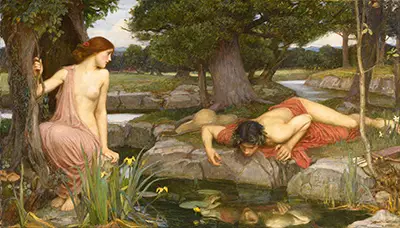



















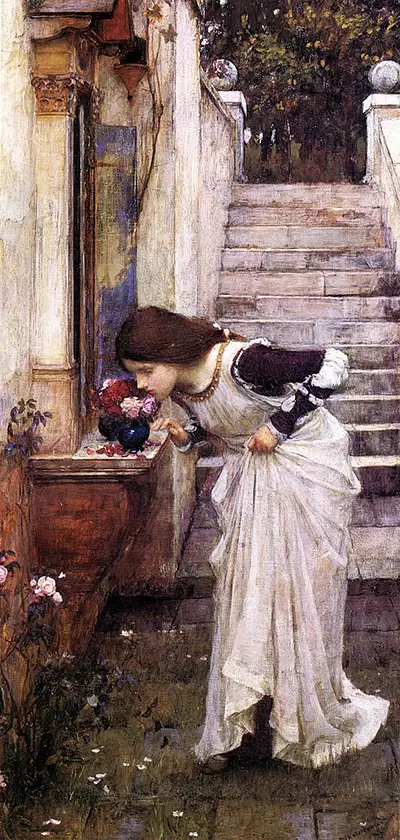
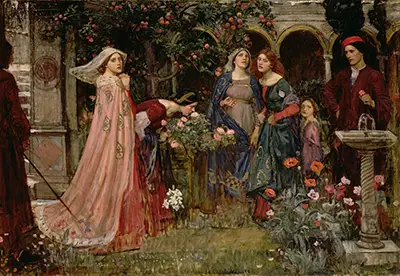








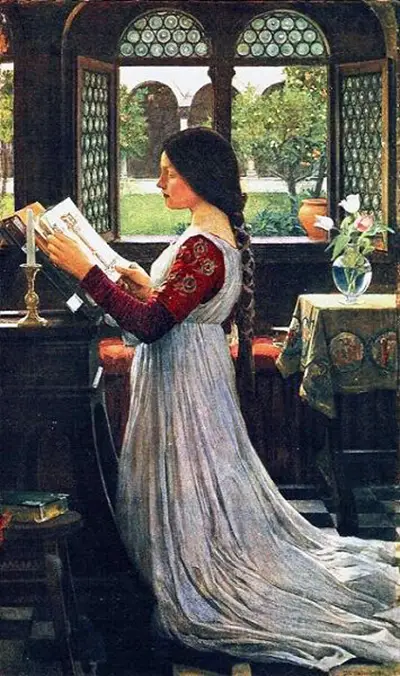










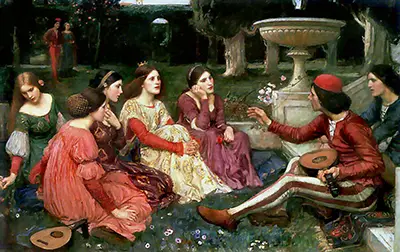



























 John William Waterhouse.jpg)



 John William Waterhouse.jpg)
 John William Waterhouse.jpg)



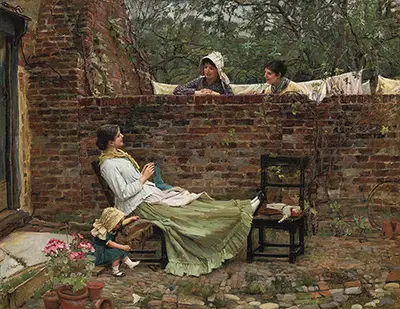

















 John William Waterhouse.jpg)





 John William Waterhouse.jpg)
 John William Waterhouse.jpg)
